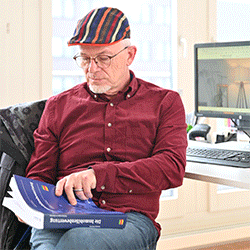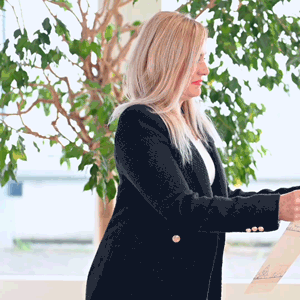If you have inherited a property from your deceased partner as a spouse or registered partner and want to use it yourself, you are exempt from inheritance tax. However, you must live in the property yourself for at least ten years and may not rent it out during this time. Exception: You must move into a care home during this period. Different rules apply for children tax law rules.
Another decisive factor is whether you inherit the property alone or together with other relatives, such as your siblings. In this case, you form a community of heirs and must agree jointly on the use of the property (see page XX).
If you would like to use the house or flat yourself, there are two options. Either you sign a tenancy agreement and move in. Or you can purchase the property on your own by paying out your co-heirs. To do this, the value of the property should be determined by an independent building expert or experienced estate agent. This serves as the basis for the amounts that you have to pay to the co-heirs. To cover this amount, you can take out a mortgage on your new home. If you already own another property, you can also choose to encumber it with a mortgage.
Anyone who moves into an inherited existing building must also plan for extensive modernisation measures. In most cases, the former residents did not have the energy to modernise the roof, windows or heating system. The garden is often overgrown. The requirements for floor plans are also different: whereas in the 1970s and 1980s, kitchens were often very small and living rooms quite spacious, today people appreciate flowing, open-plan layouts in which living and dining areas merge into one another. To achieve this, walls have to be torn out, ceilings braced with steel beams and windows and entrances redesigned. Potential users should plan for these investments before moving in.
Do you need support with the reorganisation or dissolution of the community of heirs? We will be happy to advise you.
Photo: hanohiki









